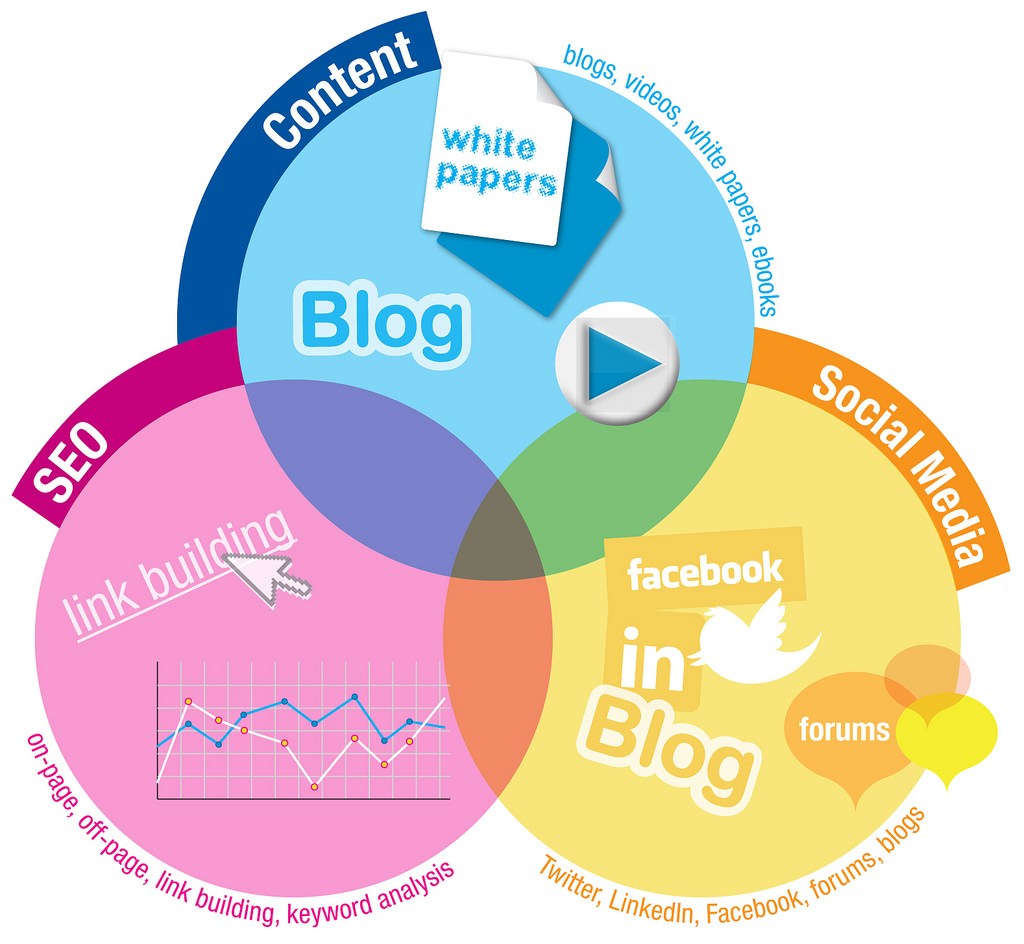The term inbound marketing is more than a passing buzzword. It represents a paradigm shift in society, how people communicate, and the ways successful companies do business.
Your potential customers encounter thousands of advertisements every day. With the airwaves and internet so crowded with competing messages, how is a company supposed to effectively target their target audience?
By building genuine relationships with people and businesses that are most likely to use your products and services. By making prospects voluntarily seek out info from your company, instead of forcing it upon them. This is inbound marketing.
Simple right?
Not so much. But, thankfully, the internet specialists here at Lake34 will sit on the same side of the table with your marketing team and walk you through the process.
Here are a few of the key phases involved in how inbound marketing is accomplished:

1. Attract new blood.
Get people who have never heard of your company, products, or services to come to your website, blog, or building. Do this by delivering information that is truly useful to those who might want or need what you have to offer.
Some ways to accomplish this:
- Search engine optimization (SEO) — Using appropriate web practices to help prospects find you via major search engines like Google, Yahoo!, and Bing.
- Blogging — Providing useful content will help you attract new traffic to your website and improve SEO.
- Social Media — You know, Facebook, Twitter, LinkedIn, Pinterest, Instagram, etc. Some of these may be a great way for your company to interact with customers and prospects and promote top-of-mind awareness.
- Pages — Optimize your web pages to appeal to your key buyers.
2. Convert these visitors into new clients.
While you’re providing potential customers with the information they are voluntarily seeking, they will also be able to see the inherent value of your company’s offering.
For example: A customer who is searching for ways to lower their energy bill is more likely to be interested in having you install a high-efficiency heating system than some random person on a couch somewhere. So attract these individuals to your website with useful tips on how they can lower their bills. Your high-efficiency systems will be among these tips and some readers may be interested in learning more about them. You can then direct these folks to a form or contact information. Once they reach out, you’ve converted once-strangers into bonafide leads!
Some of the most common ways to convert site visitors into leads include:
- Calls-to-action. Invite your customer to take the next step. Have them download an e-book or whitepaper, listen to a podcast, attend a webinar, or some other activity that will help you capture their contact info and better understand their needs
- Contact forms.
- Landing pages.
- Contact lists. Keep careful track of all the contact information you gather through these methods. Having all the information organized in one place will help you make better sense of your customers’ behavior.
3. Close the deal.
When the lead contacts you, they’ll be put in touch with your sales force. If the sales team does a good job, these leads will become customers, which means — you made a sale!
Some of the most effective ways our companies accomplish this include:
- Emails
- Lead scoring
- Marketing automation
- Closed loop reporting
4. Make those customers happy.
Provide a great product and fantastic customer service and you will delight your new customer. You can use many of the methods you used in steps 1–3 to monitor customer satisfaction and improve your client experience.
Why is this all so important when you already made the sale? Because delighted customers talk about you to other people who need your products or services. New strangers become attracted to your businesses, and the cycle continues.


